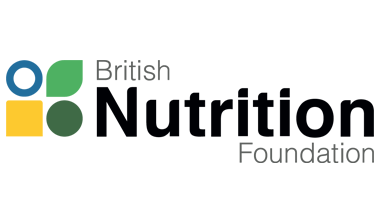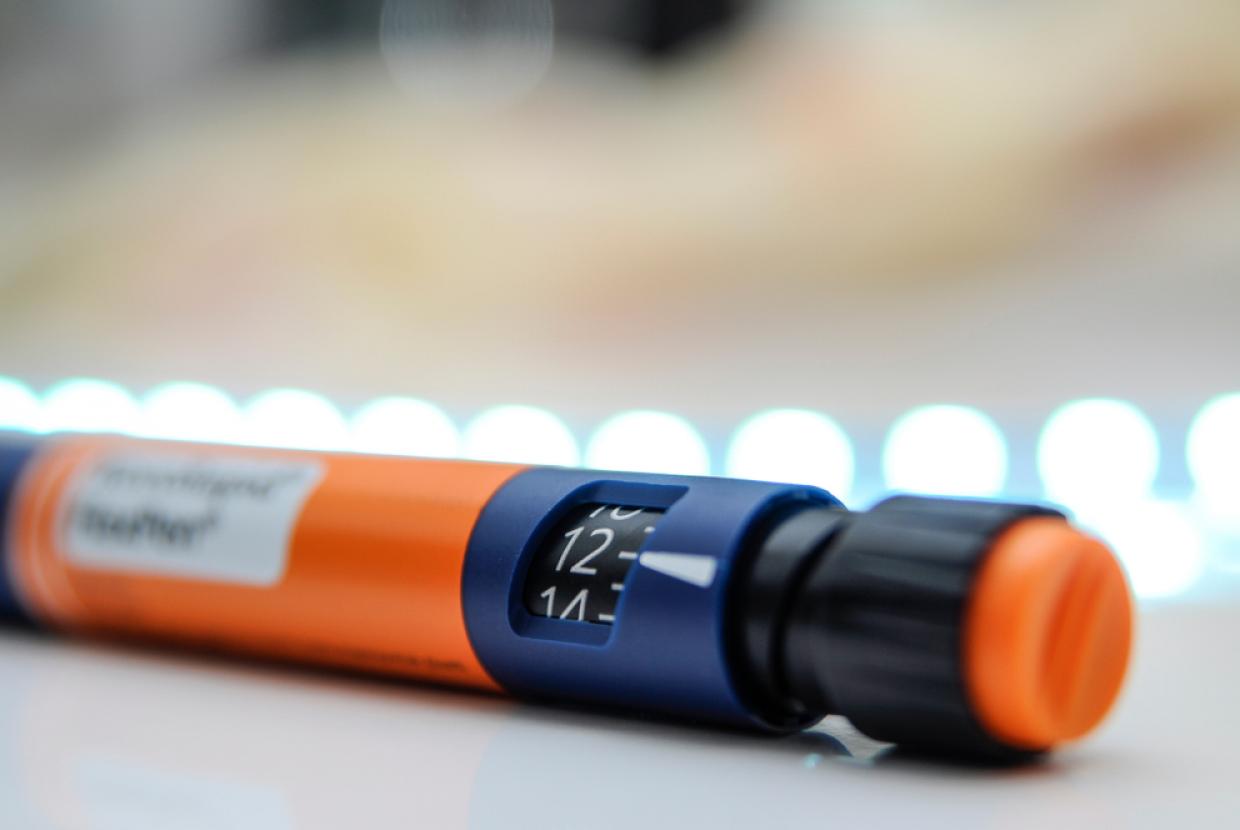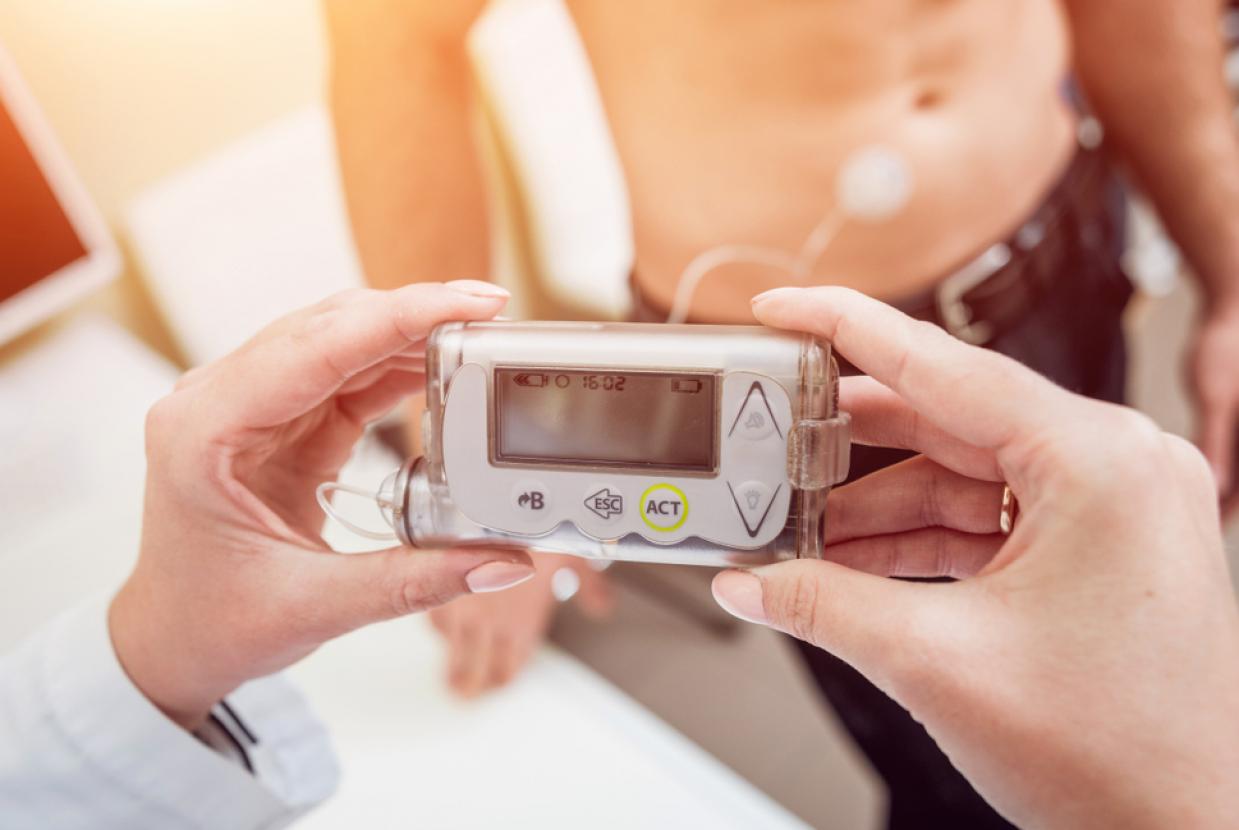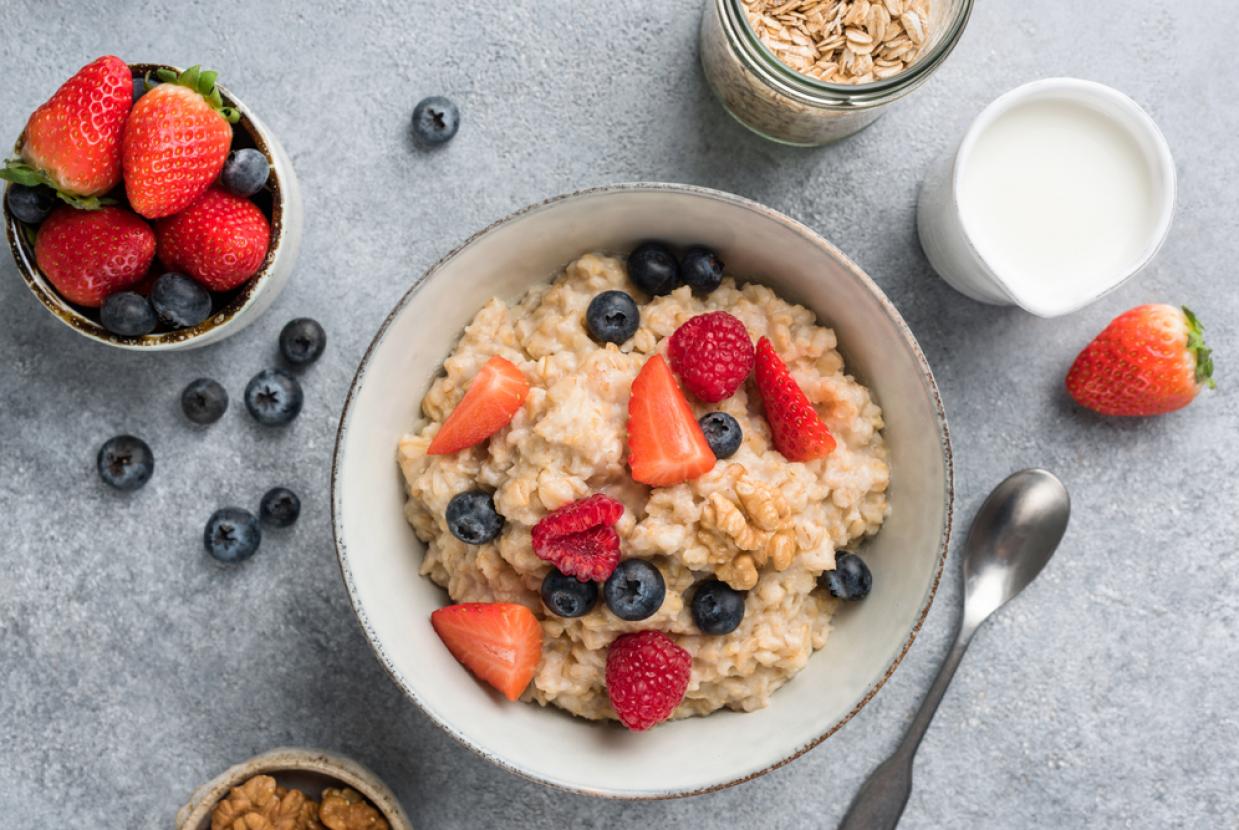Diet & Type 2 Diabetes Risk
Diabetes / Healthy DietThis article is aimed at people who do not have a diagnosis of type 2 diabetes but would like to learn more about how they can reduce their risk of developing this condition.
Key messages
- Type 1 and type 2 diabetes occur when sugar in the blood cannot be used properly, and this can cause serious health complications.
- About 90% of people with diabetes have type 2 diabetes.
- Type 2 diabetes is strongly linked with overweight and obesity and can be prevented.
- Although there are several risk factors for type 2 diabetes that are beyond control, eating a healthy, varied diet, being physically active and losing weight (if necessary) can greatly help to reduce the risk of developing this condition.
What is diabetes?
In the UK, it is estimated that 3.8 million people aged over 16 years have been diagnosed with diabetes and nearly 1 million are unaware that they have the condition. Diabetes occurs when the body cannot use sugar properly. As a result, there can be high levels of sugar in the blood, if the condition is not controlled.
People with diabetes can lead a full and active life. However, if blood sugar levels are uncontrolled, it can cause several serious health problems over time involving the eyes, heart, kidneys, feet and nerves. Serious short-term complications also exist for people who depend on insulin to control their diabetes. This includes diabetic ketoacidosis (when blood sugar levels are consistently very high) and hypoglycaemia (when blood sugar levels are too low).
There are two main types of diabetes:
About 90% of people with diabetes have type 2 diabetes.
- This condition occurs when the body either cannot produce enough insulin (the hormone needed to move sugar from the blood into the body’s cells) or the insulin the body produces is not used properly (known as insulin resistance), leading to sugar build up in the blood.
- Type 2 diabetes tends to be diagnosed in people aged over 40 years. However, increasingly, the symptoms are being seen in younger adults and even children.
- Type 2 diabetes is strongly linked with overweight and obesity, although not all people with type 2 diabetes are overweight or obese.
About 10% of people with diabetes have type 1 diabetes.
- This condition cannot be prevented and occurs when cells in the pancreas that produce insulin have been destroyed by the immune system.
- In type 1 diabetes there is no insulin and so sugar stays in the blood.
- This means that people with type 1 diabetes need to take insulin (either with an injection or an insulin pump) to help the body use sugar properly and control blood sugar levels.
What are the risk factors for type 2 diabetes?
There are certain risk factors that can increase the likelihood of developing type 2 diabetes. You cannot change all of them, but you can make some changes to your lifestyle that will help to reduce your risk.
Your weight | Around 90% of people diagnosed with type 2 diabetes are overweight or obese. The more overweight you are the greater your risk, with obese people being seven times more likely to develop type 2 diabetes than people with a healthy bodyweight. |
Your waist | Women – if your waist measures 80cm or more you have an increased risk of developing type 2 diabetes; the risk is very high if it is more than 88cm. Men – if your waist measures 94cm or more you have an increased risk of developing type 2 diabetes; if you are male with South Asian background the measurement is 90cm or more; the risk is very high if it is more than 102cm. |
Your age | You are at increased risk of type 2 diabetes if you are over 40 years of age; if your background is Black African, Chinese, South Asian or African-Caribbean, you are at increased risk if you are over 25 years of age. The risk continues to increase with age. Of course, you cannot change your age but you can work on the other risk factors to reduce your risk. |
Your family history | You cannot change your family history either but having type 2 diabetes in the family increases your risk. The closer the relative is, the greater the risk. Tell your GP whether anyone in your family has type 2 diabetes. If you know that type 2 diabetes runs in your family, make sure that you are doing all you can to reduce your risk in other ways. |
Your ethnicity | Some ethnic groups have higher risk of type 2 diabetes than others and are likely to be affected at an earlier age (see ‘Your age’ section above). If you have an African-Caribbean or South Asian background and live in the UK, then you are at least three times more likely to have type 2 diabetes than the White population and it is particularly important for you to make sure that you maintain a healthy bodyweight. |
Lifestyle factors | Several lifestyle factors, some of which are linked to overweight and obesity, have been associated with an increased risk of developing type 2 diabetes. These include smoking, being sedentary and eating an unhealthy diet. |
Other factors | You may also have an increased risk of having type 2 diabetes if you:
|
Multiple risk factors | The more risk factors that apply to you, the greater the risk of developing type 2 diabetes. |
How can I reduce the risk of developing type 2 diabetes?
Eating a healthy, varied diet, being physical active and losing weight (if necessary) can reduce your risk of type 2 diabetes. This page gives you tips on how to do this.
Become more active
Try to be physically active and maintain a healthy bodyweight (BMI 18.5-25 kg/m2) to reduce your risk of type 2 diabetes. It is recommended that adults choose activities that include aerobic and strength exercises. The recommended minimum amount of physical activity for adults per week is 150 minutes of moderate level aerobic activity (this should raise your heart rate and make you breathe faster and feel warmer) or 75 minutes of vigorous aerobic activity (this should make you breathe hard and fast) (or a mix of the two types of aerobic activity). Plus strength exercises (such as yoga, exercises like sit ups or press ups or heavy gardening like digging) on two or more days of the week.
But don’t worry - you do not have to join a gym! Walking, dancing, swimming, gardening, golf, bowling and cycling are all activities that count towards physical activity. Activity can also be spread out through the day so you can make small changes to your lifestyle, which can add up to a lot more activity. For example, use the stairs instead of taking the lift, leave the car at home for small trips, or get off the bus one or two stops earlier. Even housework can count!
Eat a healthy, varied diet
Making healthy food choices and cutting down on the amount of energy (calories) you consume can help achieve a healthy bodyweight and maintain weight loss (if needed) and reduce your risk of developing type 2 diabetes
In the UK it is recommend that a healthy, varied diet is based on starchy foods and plenty of fruit and vegetables, and is low in saturated fat, sugar and salt. These recommendations are based on the latest evidence and apply to the general population.
If you have a diagnosis of diabetes, foods containing starchy carbohydrates remain an important part of a healthy, varied diet. However, as these foods affect blood sugar levels, it is recommended that you talk with your diabetes healthcare team about the best type and amount to incorporate into your diet.
The following recommendations will help you eat a healthy, varied diet:
- Try to eat meals at regular times throughout the day.
- Base meals on starchy foods, such as potatoes, rice, pasta, bread and breakfast cereals, choosing wholegrain or higher fibre versions where possible.
- Just over a third of the food we eat each day should be fruit and vegetables. Aim for at least five portions a day and try to eat a variety; green leafy vegetables in particular are associated with reduced risk of type 2 diabetes.
- Foods high in saturated fat and sugars, such as chocolate, cakes, biscuits, full-sugar soft drinks, butter and ice-cream are not needed in the diet and so, if included, should only be eaten infrequently and in small amounts.
- Choose beans, pulses and other vegetable sources of protein (like tofu), lean meat, poultry and fish, instead of fatty meat or processed meat products.
- Choose low-fat and low-sugar dairy foods, such as skimmed or semi-skimmed milk and low-fat, unsweetened yogurt.
- Use unsaturated oils, such as vegetable, rapeseed and olive oils, in cooking but only in small amounts. Swap butter for lower fat spreads.
- Where possible, use cooking methods that reduce the amount of fat in your dishes (such as grilling meat and fish instead of frying and have a boiled or poached egg instead of fried).
- Choose products lower in salt and use less salt in cooking.
- If you drink alcohol, do so in moderation - no more than 14 units per week for both men and women.
- Keep hydrated, try to drink 6-8 glasses of fluid a day. Swap sugary soft drinks for those without sugar, such as water, tea, coffee and diet drinks.




































